 Shutterstock
Shutterstock
In 1950s America, life was all about family dinners, picket fences, station wagons, and a trusty dog curled up by your feet or chasing the neighborhood kids down the block. These were the days when milkmen made morning deliveries, Elvis was topping the charts, and dogs were as much a part of the household as the television set that only got three channels. These weren’t fancy or flashy dogs but loyal, loving, and endlessly dependable. They were as essential to a ‘50s home as the apple pie cooling on the windowsill.
Beagle
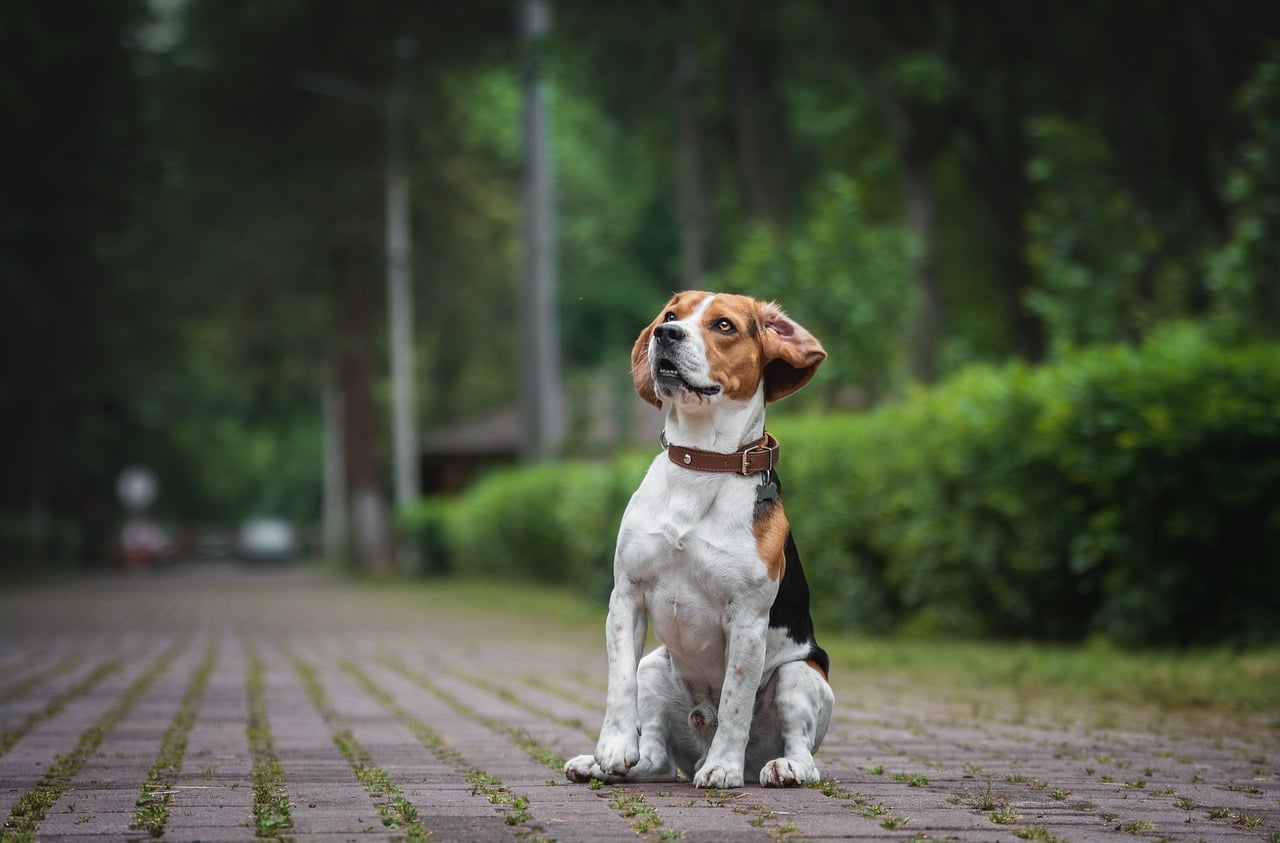 Shutterstock
Shutterstock
Beagles were the small-town superstars of the ‘50s—compact, friendly, and endlessly curious. Their nose was their compass, and they followed it from backyard to backyard like furry detectives in the case of the missing hot dog. Beagles were known for their loyalty to the kids who dragged them through every inch of the neighborhood and for their enthusiastic (if sometimes loud) greetings. Whether snoozing on the front porch or chasing squirrels, they were always part of the action. In 1950s America, no cul-de-sac was complete without that signature beagle bay echoing through the evening air.
Cocker Spaniel
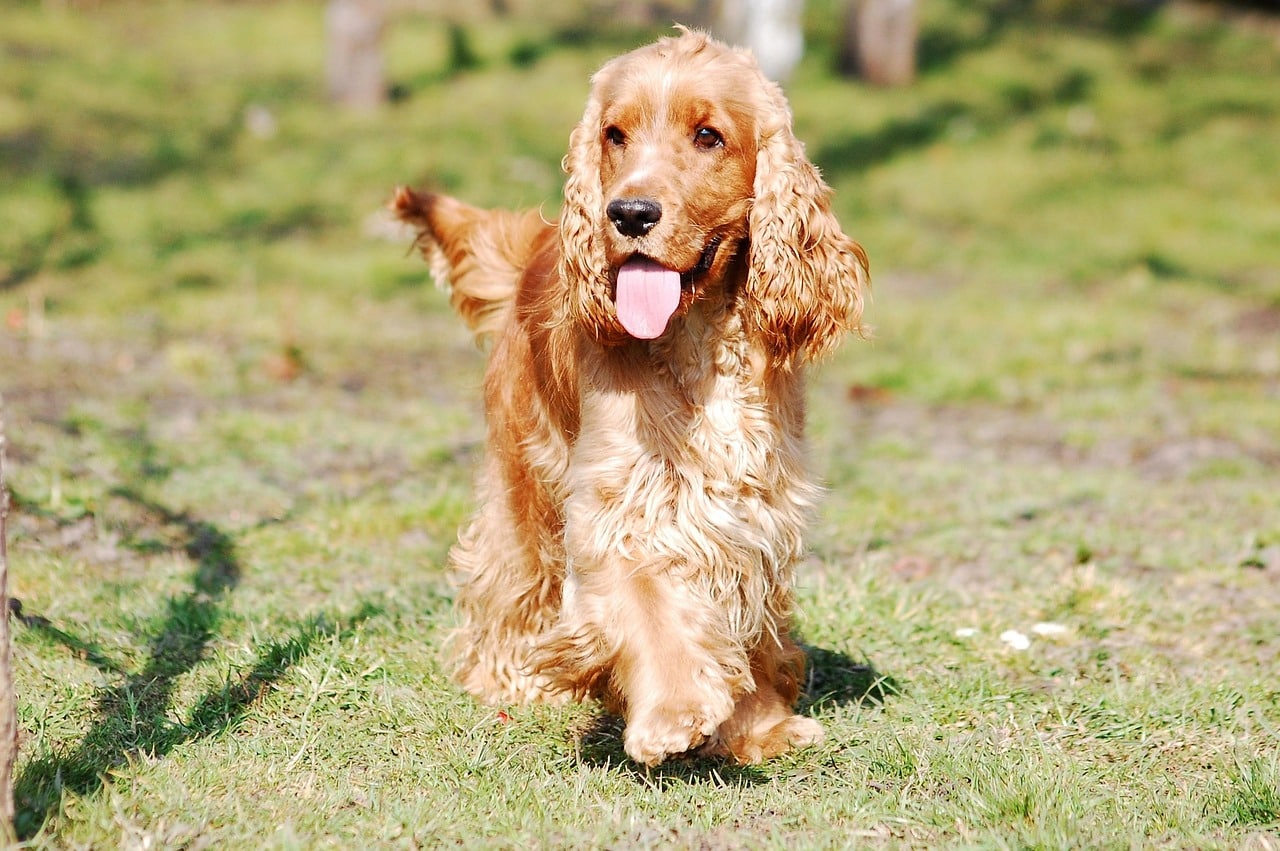 Shutterstock
Shutterstock
The Cocker Spaniel was practically the poster pup for mid-century Americana. With those big eyes and luxurious ears, they were equal parts elegance and enthusiasm. Families loved their affectionate nature and manageable size, and their gentle personalities made them ideal for households with children. These dogs were featured in ads, movies, and more than a few Christmas cards. They didn’t need to bark to get attention—they had a charm that melted hearts faster than a scoop of vanilla at the soda fountain.
Boxer
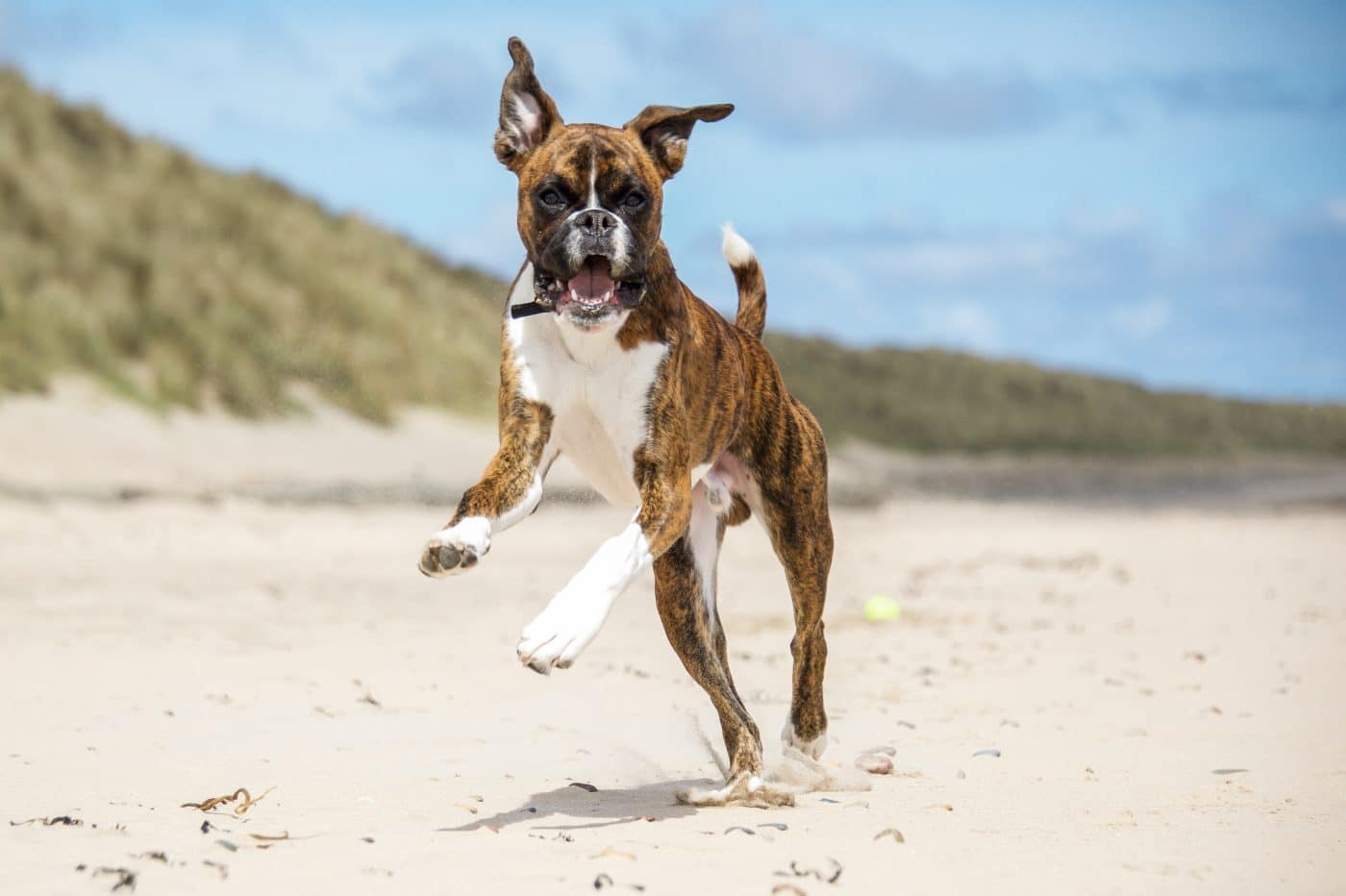 Shutterstock
Shutterstock
Boxers were the lovable goofballs of the decade—always in motion, always smiling, and always underfoot in the best possible way. Their athletic build and boundless energy made them the perfect playmates for post-war kids with bikes, baseballs, and boundless curiosity. They were fiercely loyal, watching everything from backyard games to Sunday cookouts. Boxers may not have been subtle, but their hearts were pure gold, and their presence brought a spark of fun to every American household.
Collie
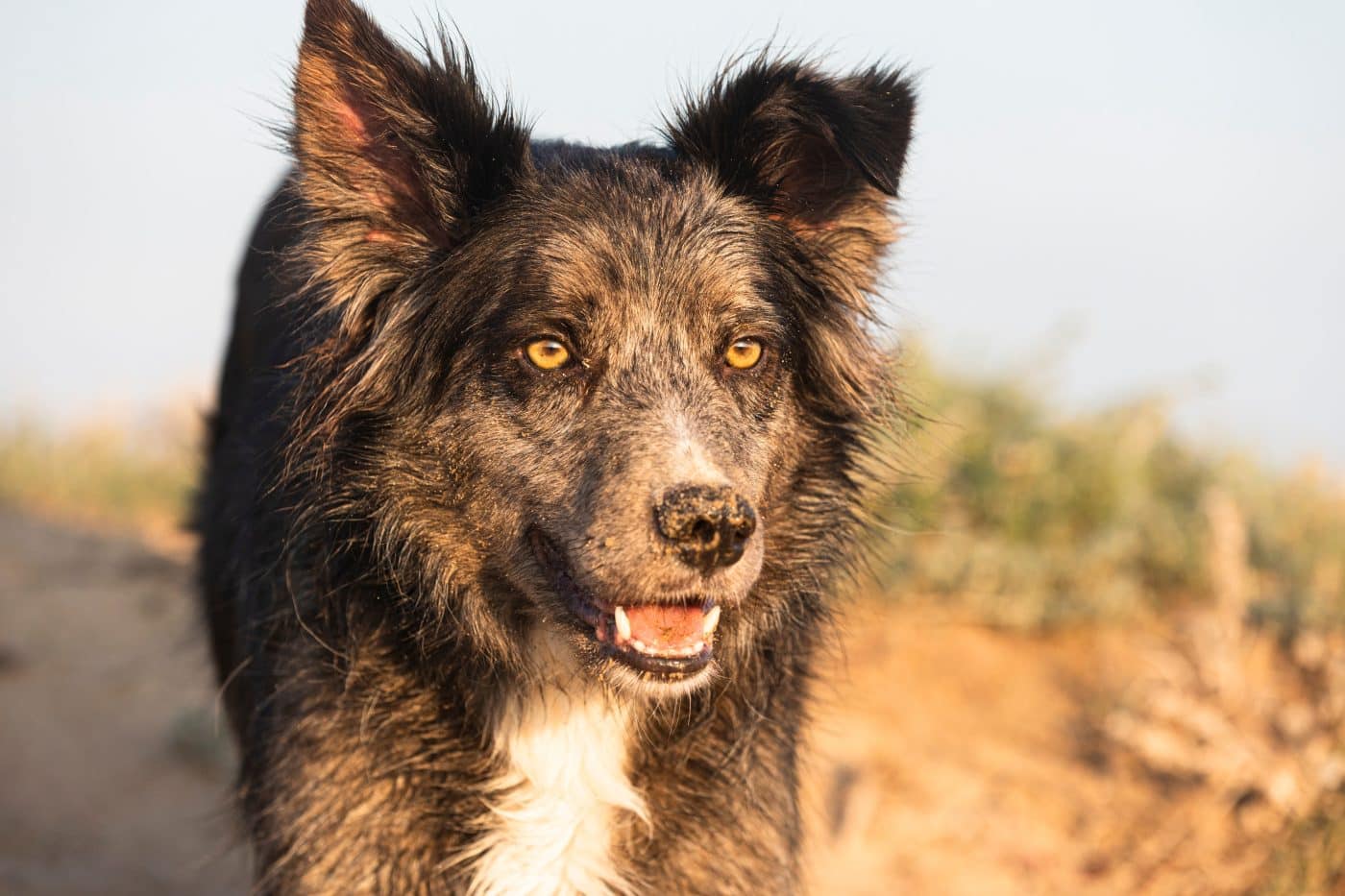 Shutterstock
Shutterstock
Thanks to the enduring popularity of Lassie, Collies became one of the most beloved dogs in America during the 1950s. Regal, intelligent, and endlessly loyal, Collies were seen as noble protectors and gentle companions. Their flowing coats and wise eyes made them feel like old souls, and their patience with children was legendary. They weren’t just family pets—they were practically family counselors. And if a kid happened to fall in a well, well… Lassie had already trained the nation to expect a hero moment.
Boston Terrier
 Shutterstock
Shutterstock
With their tuxedo coats and cheeky grins, Boston Terriers brought a touch of class and comedy to 1950s households. Small, sturdy, and full of personality, they were city dwellers’ dogs of choice—easy to care for, quick to bond, and always ready for a walk around the block. They didn’t need a huge yard; they just needed someone to love and a couch to claim as their own. Their popularity soared thanks to their easygoing nature and entertaining antics. In a decade of big personalities, the Boston Terrier held its own—usually with one paw in the cookie jar.
German Shepherd
 Shutterstock
Shutterstock
German Shepherds were the ultimate all-purpose dog—guard, guide, companion, and backyard patrol captain. Their intelligence and trainability made them favorites among law enforcement and military families, but they were just as comfortable babysitting the kids during a family picnic. Known for their stoic presence and unwavering loyalty, German Shepherds offered security when the world grew and changed fast. You didn’t mess with a ‘50s household with a German Shepherd on duty—and you definitely didn’t try sneaking snacks past them.
Dachshund
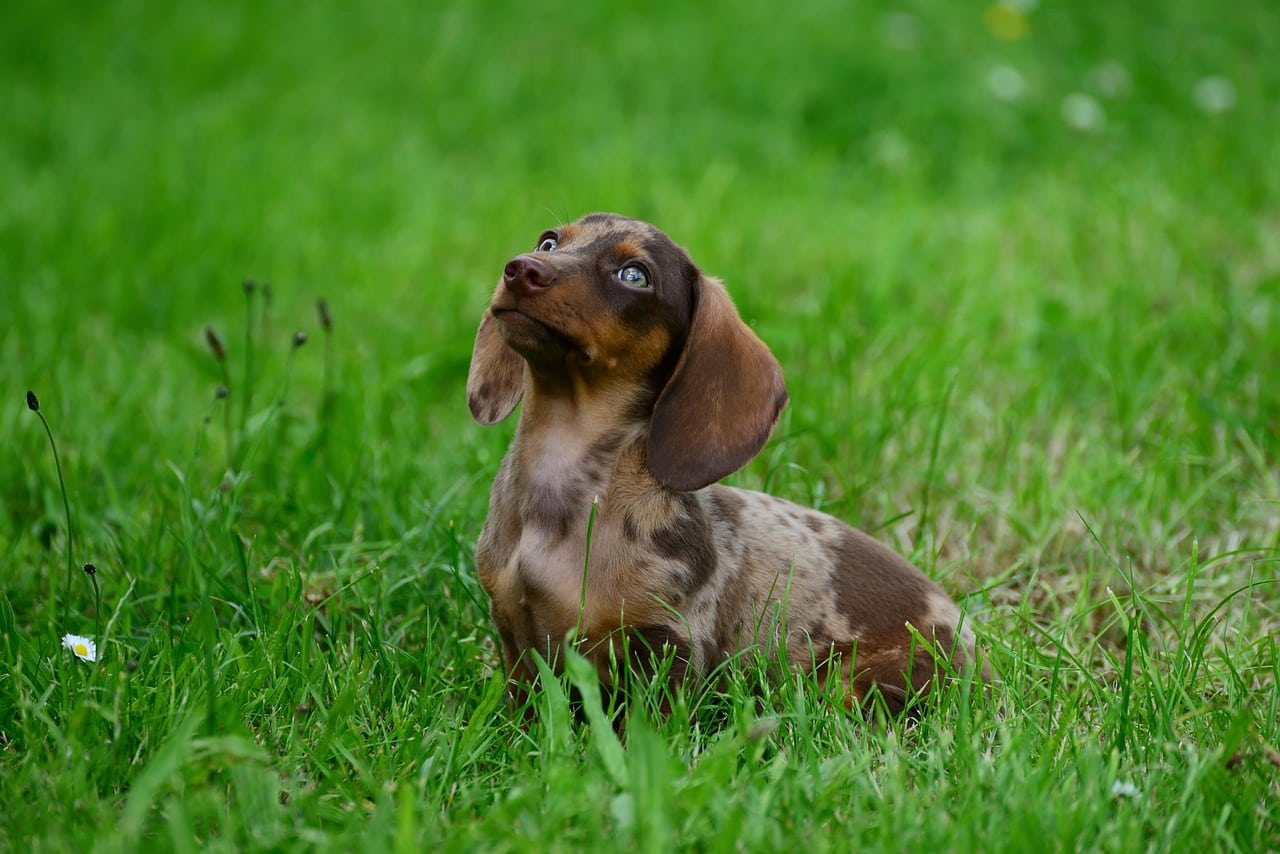 Shutterstock
Shutterstock
Dachshunds waddled into the hearts of 1950s America with their long bodies, short legs, and oversized confidence. Equal parts adorable and bossy, they quickly claimed their spots in laps and hearts alike. They were perfect for small homes and apartments, and their spunky attitudes made them entertaining companions. Despite their size, they didn’t shy away from voicing their opinions—especially when dinner was involved. In an era of tidy lawns and Sunday drives, the Dachshund brought a little extra mischief and a lot of love.
Labrador Retriever
 Shutterstock
Shutterstock
Though the Lab’s explosive popularity didn’t truly boom until the ‘70s, the 1950s saw their steady rise as dependable family dogs. With their affable temperament and love for kids, they were the ultimate backyard playmates. Labs thrived in suburban spaces, bounding through sprinklers and guarding sandwich crusts like treasure. They were the kind of dog you could take on a fishing trip, a road trip, or a guilt trip (because of those eyes). By the decade’s end, their reputation as an American classic was sealed tighter than a Tupperware lid.
Fox Terrier
 Shutterstock
Shutterstock
Fox Terriers were small but mighty additions to many households in the 1950s, bringing tenacity, energy, and spunk to the suburban scene. They were great with kids and had just enough sass to keep things interesting. Always alert and eager for fun, they darted through backyard games and barked at anything that dared approach the mailbox. Though they may not have been the cuddliest breed, they made up for it in bravery and excitement. They were the live wires of the decade—often a blur of motion and barks.
Poodle
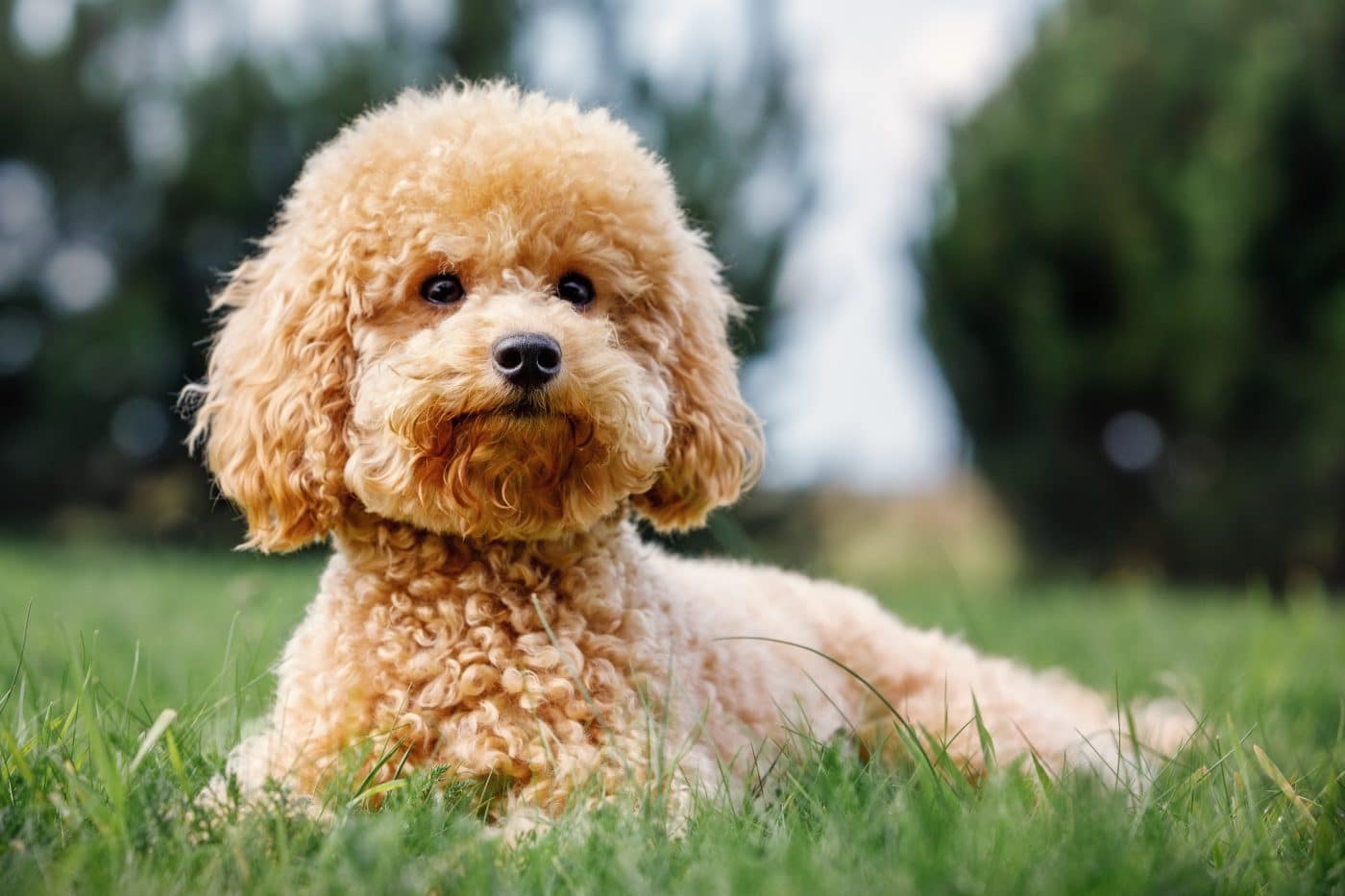 Shutterstock
Shutterstock
Poodles weren’t just pretty faces with poofy hairdos—they were intelligent, loyal, and incredibly versatile. In the 1950s, they became status symbols of style and sophistication, often seen trotting beside their well-dressed owners down pristine sidewalks. Their hypoallergenic coats made them appealing to families, and their ability to learn tricks made them favorites at social gatherings. From standard to toy, Poodles fit into every type of household—and they did it with flair. Just don’t let the pom-poms fool you—these pups were sharp as tacks and had hearts of gold.
English Setter
 Shutterstock
Shutterstock
English Setters brought grace and gentleness to the classic American household. With their speckled coats and easygoing personalities, they were ideal for both hunting companions and loving lapdogs. They blended beautifully into family routines, offering companionship without demanding the spotlight. Known for their affectionate nature and calm demeanor, they added a touch of class to the neighborhood dog scene. In the 1950s, an English Setter lounging on the porch was just as iconic as fresh-baked pie cooling on the sill.
Scottish Terrier
 Shutterstock
Shutterstock
Scottish Terriers are packed with confidence, charm, and enough personality for a dog twice their size. In the 1950s, their unique appearance and feisty temperament made them favorites among suburban families looking for a small but bold pet. They strutted through neighborhoods like they owned them and always had something to say (usually loudly). These bearded little bosses were often featured in advertising and pop culture, cementing their place in the era’s canine hall of fame. Bonus: they looked great in a wool sweater.
Great Dane
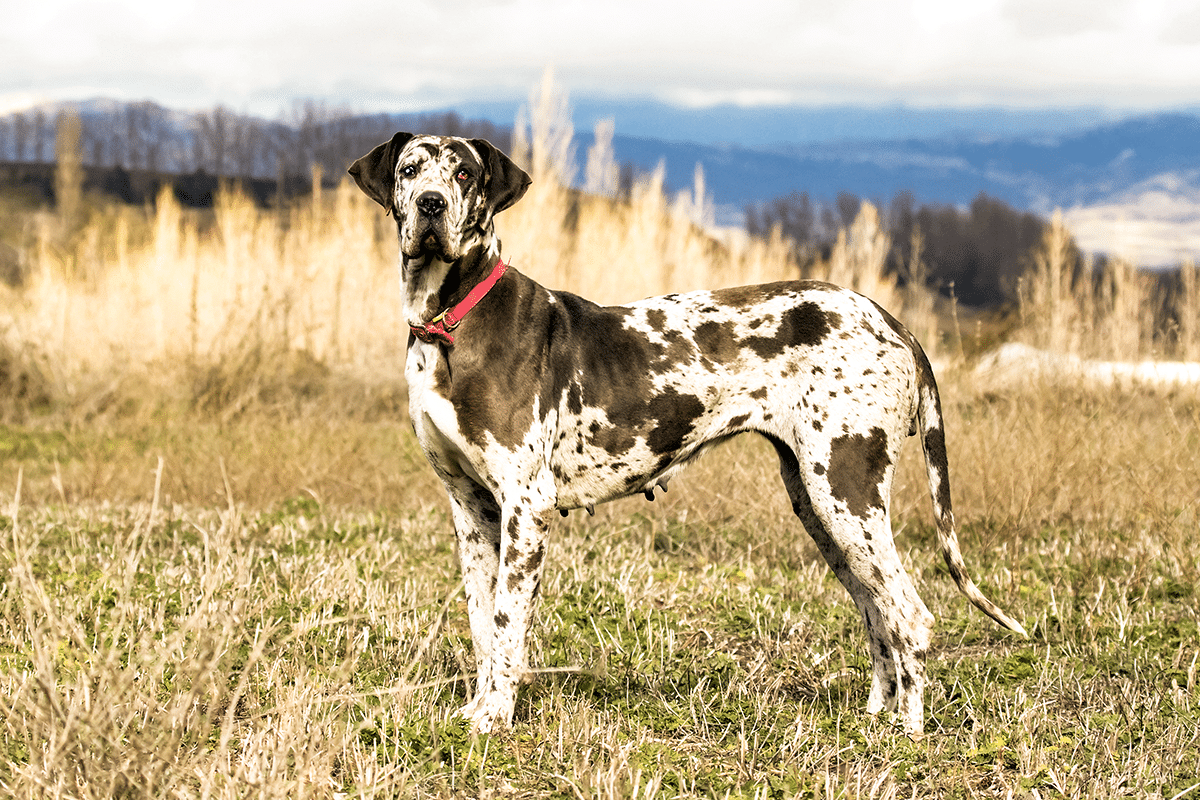 Shutterstock
Shutterstock
Despite their size, Great Danes entered the hearts and homes of 1950s families looking for gentle giants. They may have taken up the entire couch—and then some—but their kind eyes and calm nature made them wonderful companions. They watched over the kids like big, slobbery babysitters and drew attention wherever they went. Owning a Great Dane in the ‘50s meant you weren’t just making a statement but making room. And a lot of it.
Proof That Every Pie Needs A Dog Under The Table
 MidJourney
MidJourney
These dog breeds didn’t just live in the 1950s—they defined the decade in their own tail-wagging ways. They were there for family barbecues, Sunday drives, and every piece of dropped apple pie. They didn’t have social media, but their reputations spread through neighborhoods faster than the ice cream truck. Loyal, lovable, and full of mid-century magic, these dog breeds proved that the American Dream always came with a dog at your side—and probably a few furballs on your linoleum floor.

 1 day ago
7
1 day ago
7
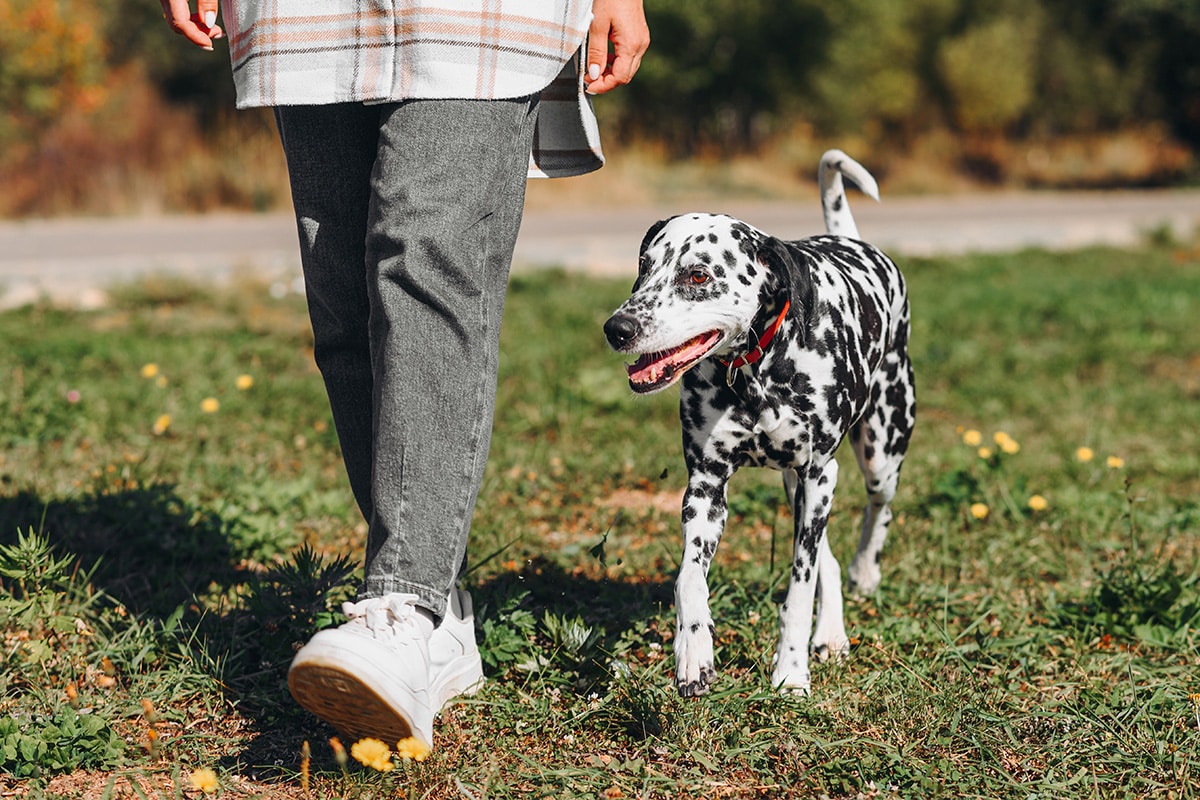

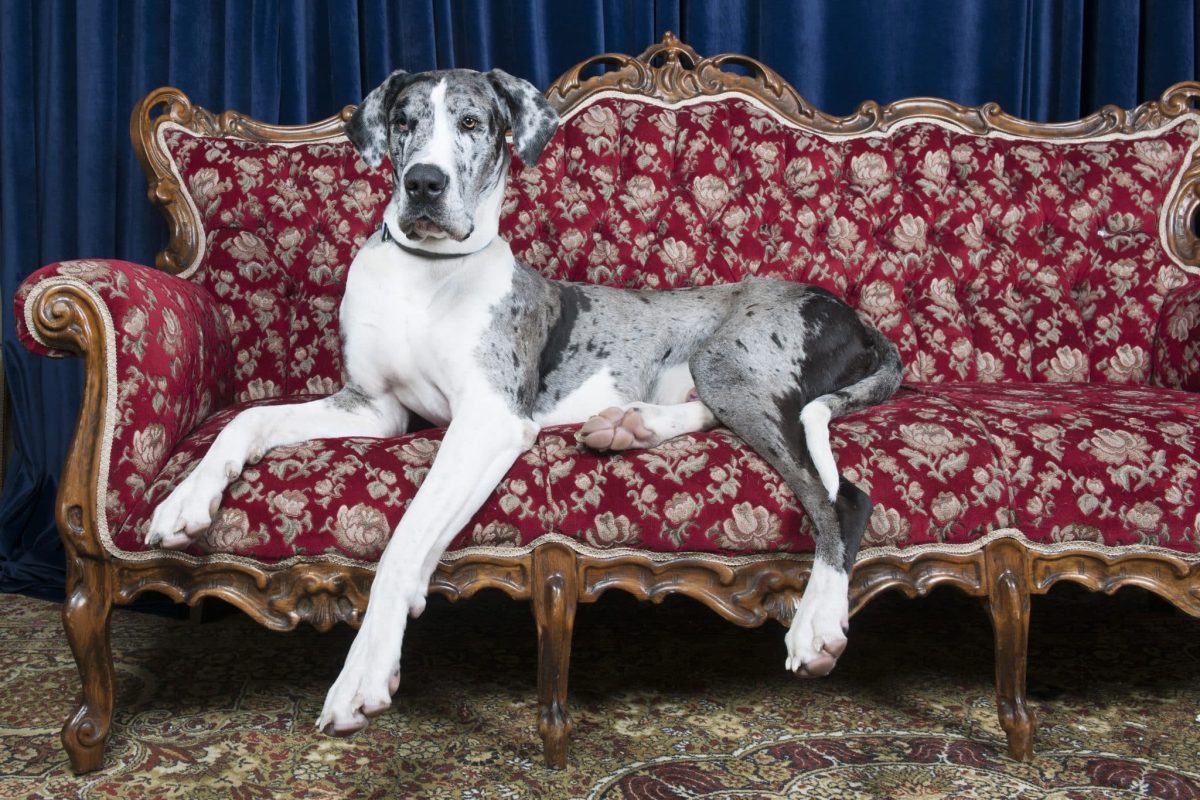

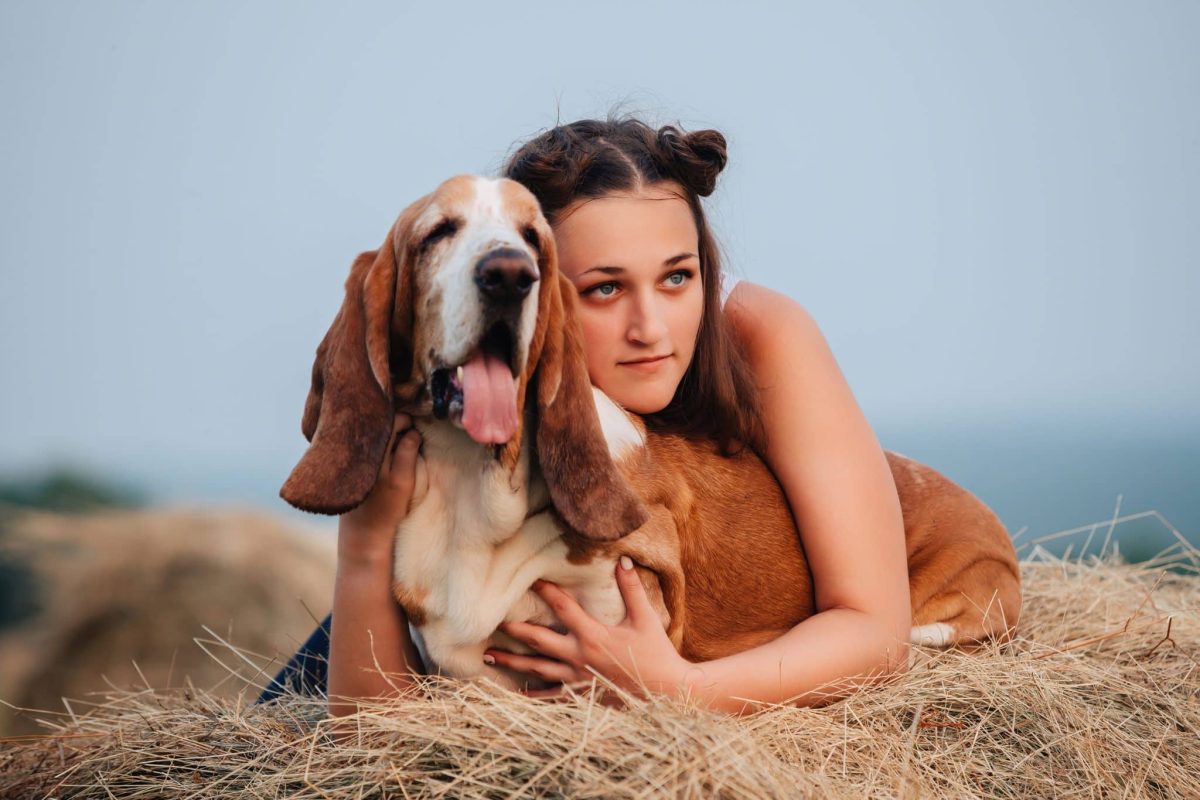



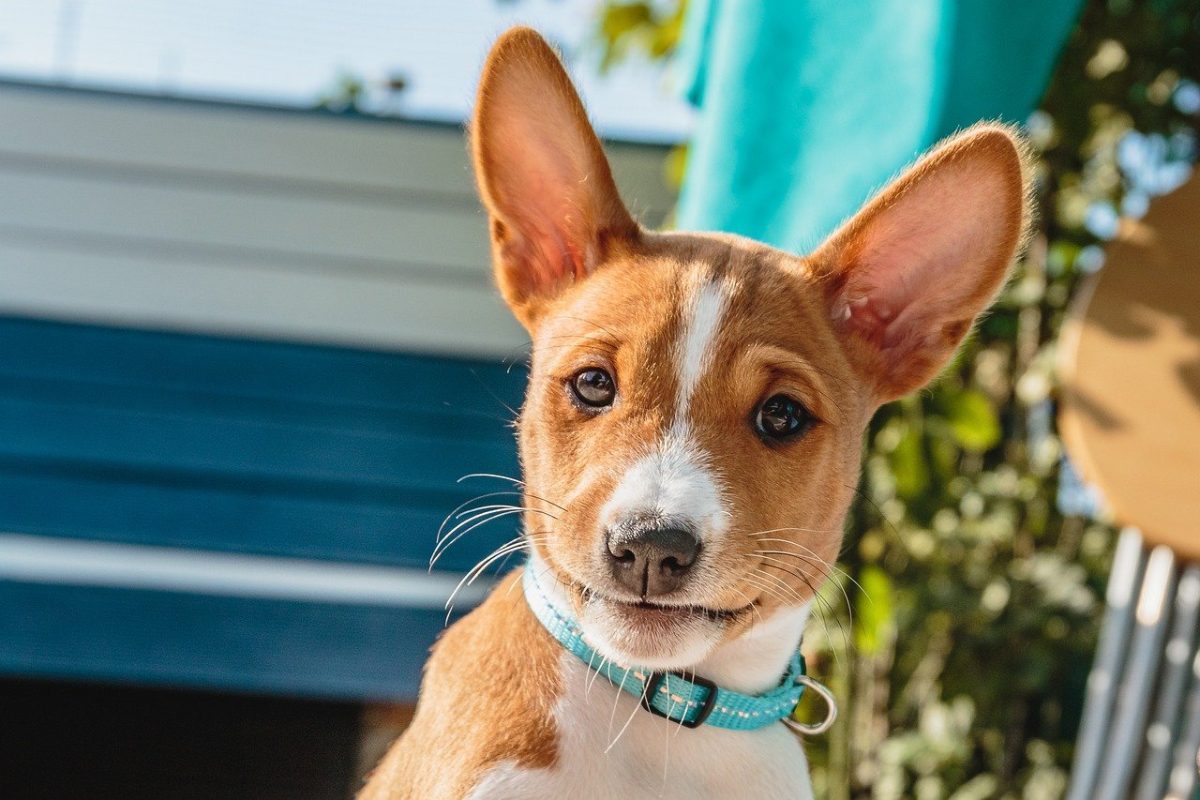

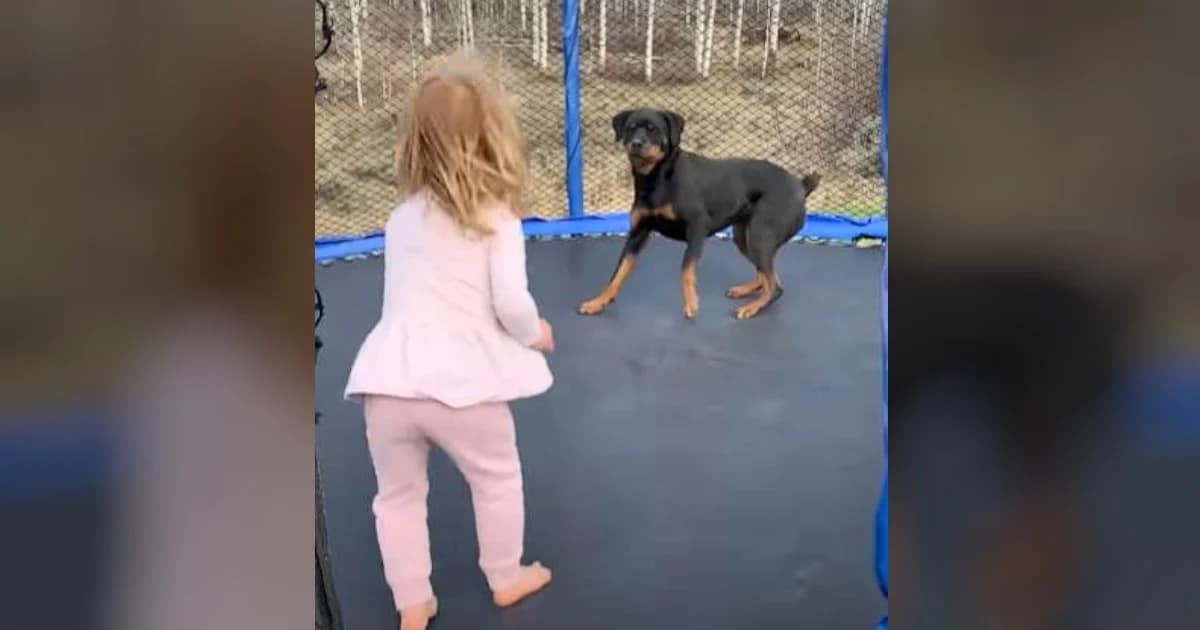

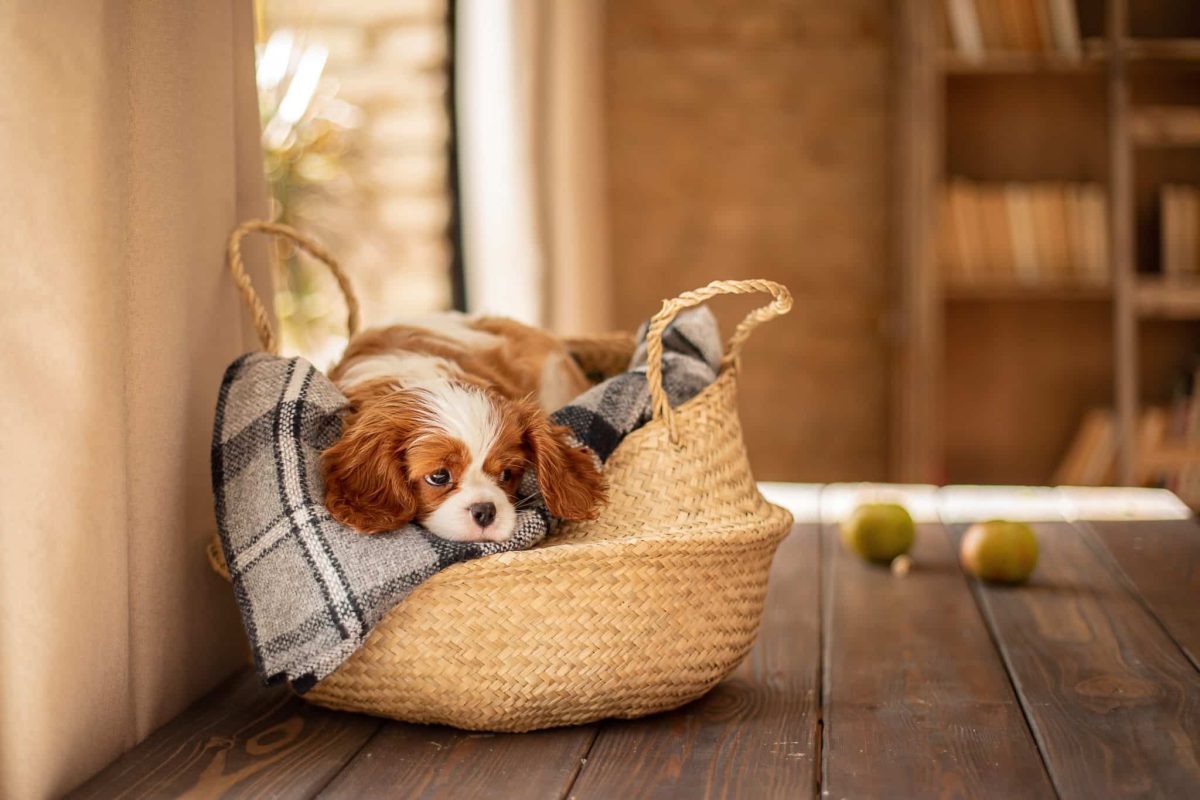


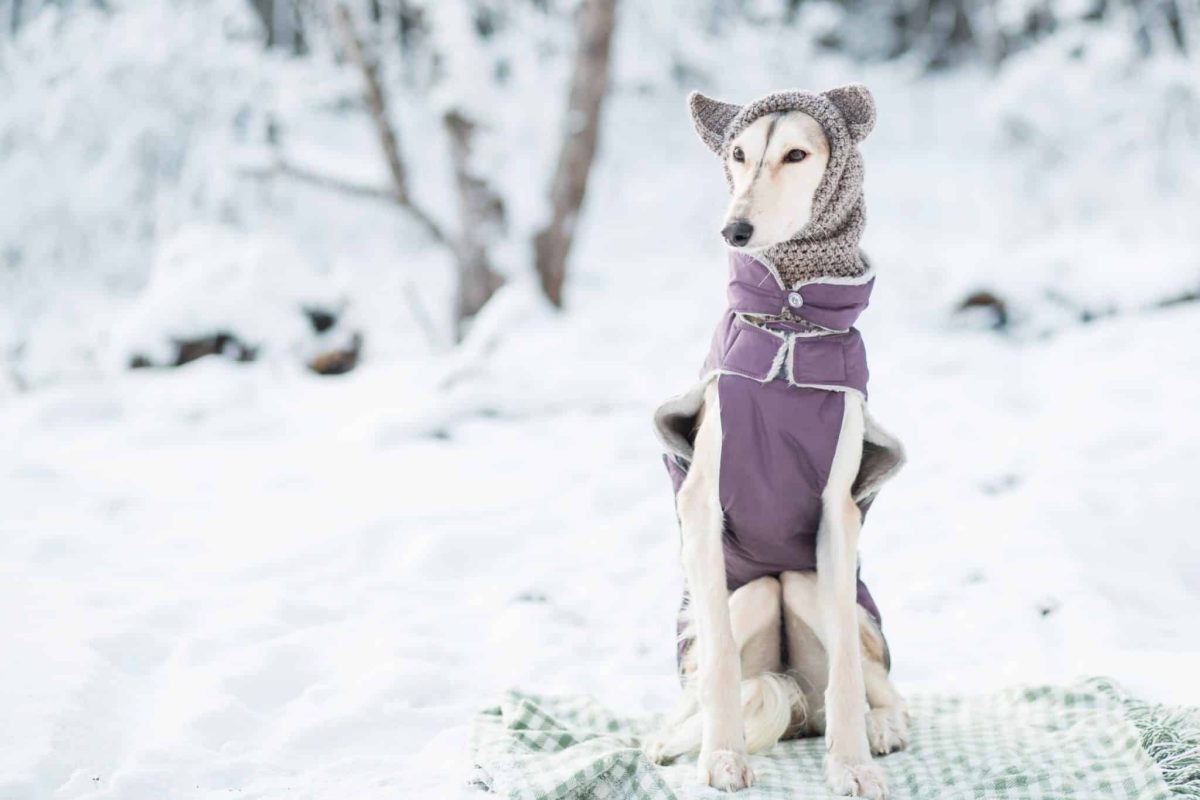


 English (US) ·
English (US) ·